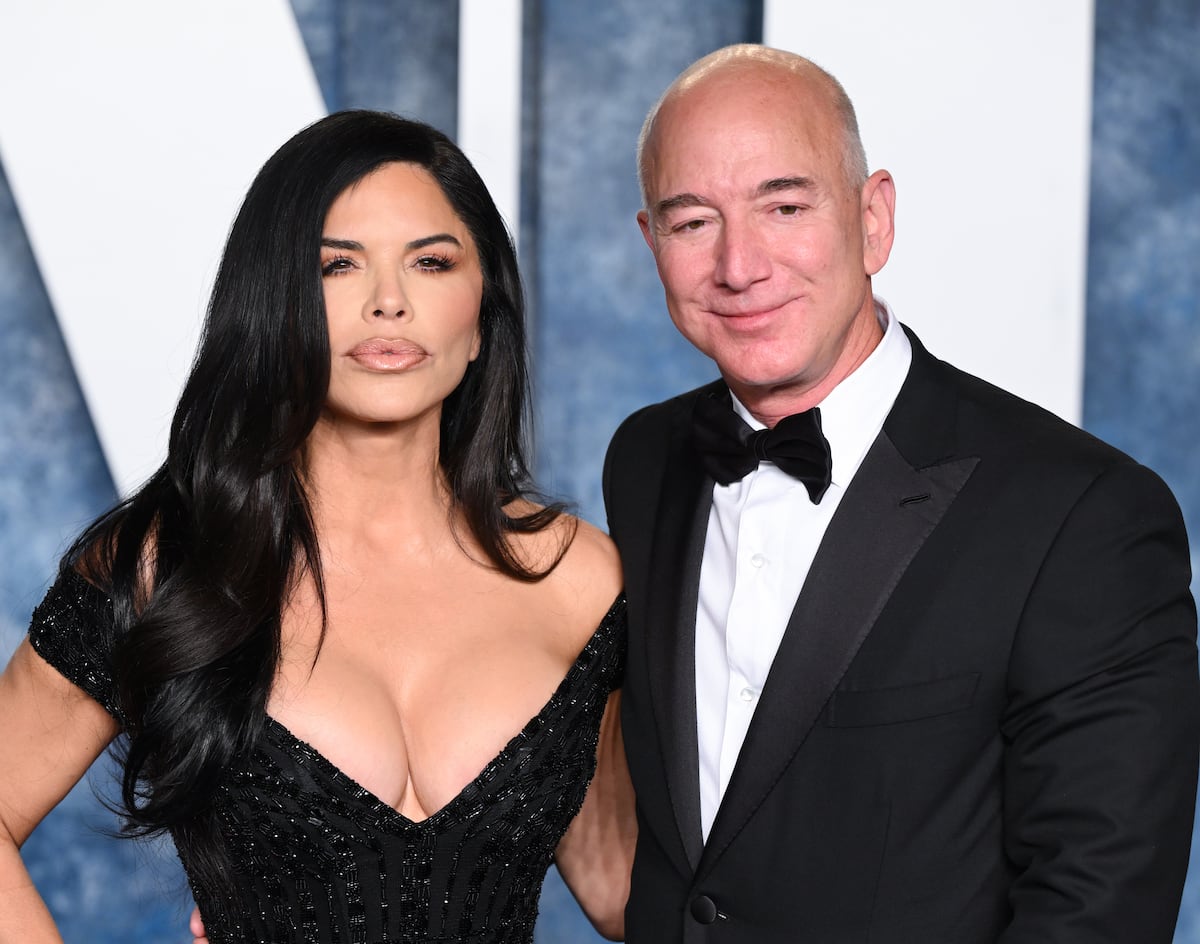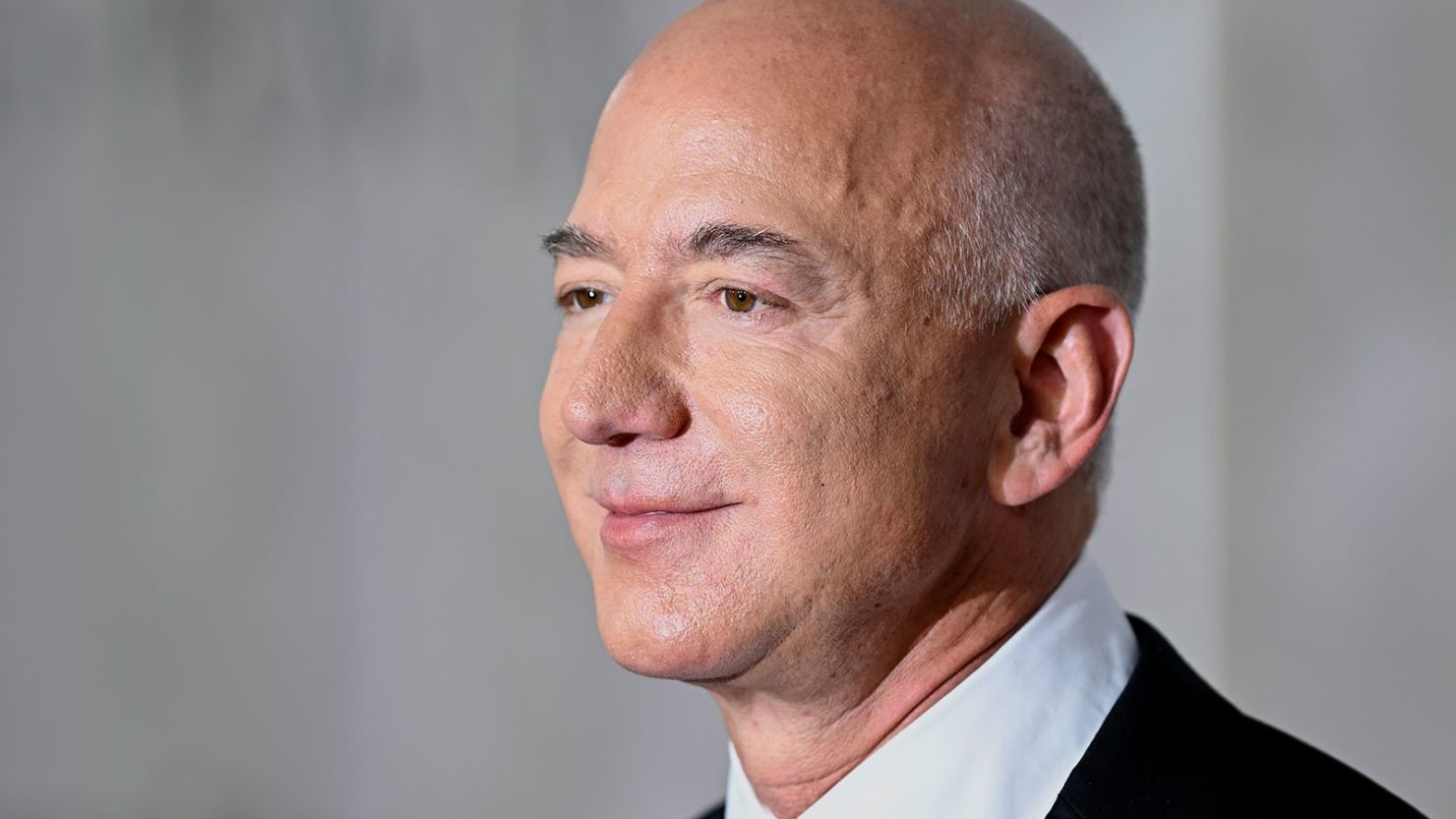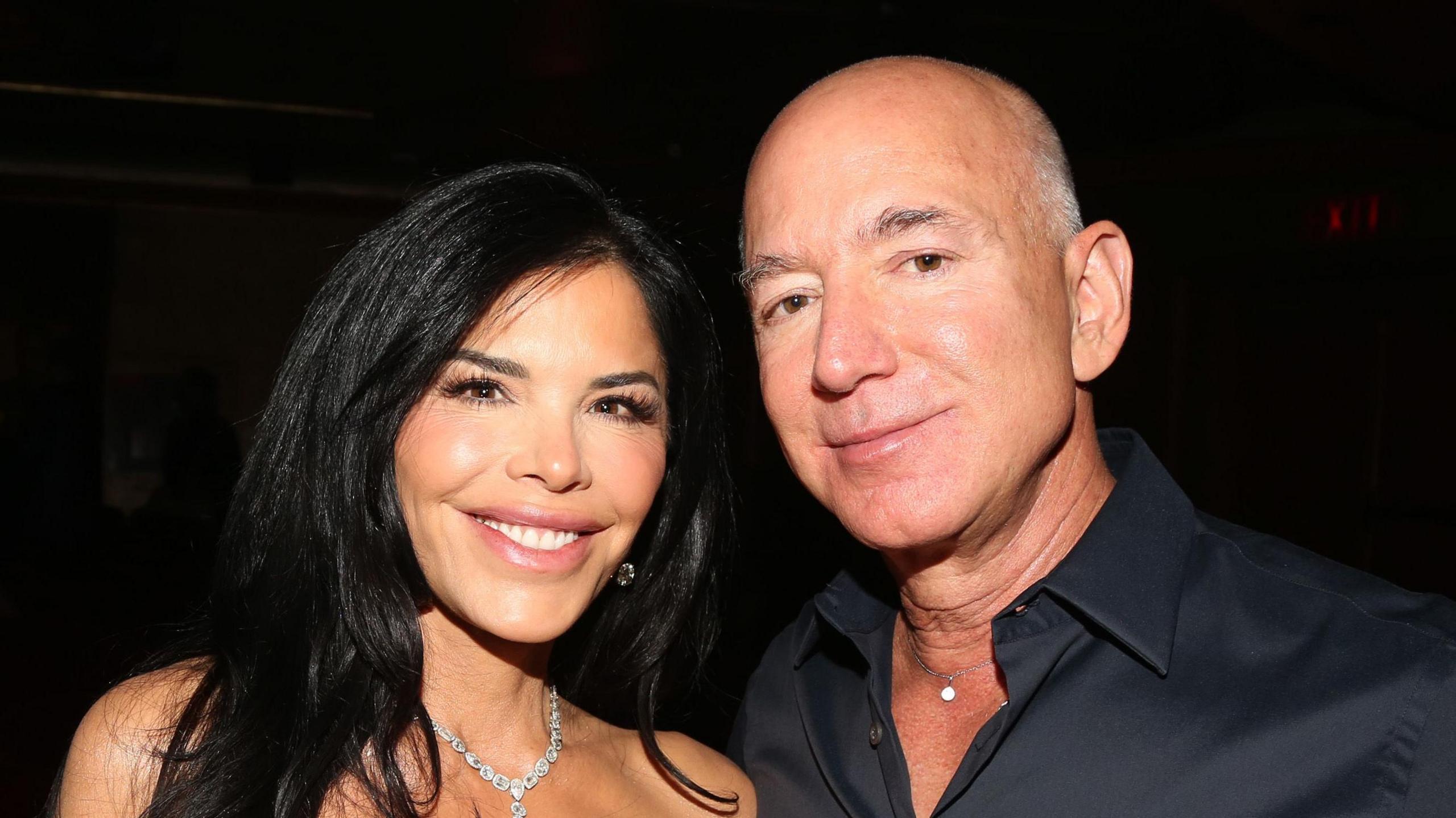
In the annals of modern commerce and innovation, few names resonate with the impact and magnitude of Jeffrey Preston Bezos. As the visionary founder, executive chairman, and former CEO of Amazon, he has not only reshaped the global e-commerce and cloud computing landscapes but also carved out a personal financial empire that stands as a testament to entrepreneurial ambition and relentless execution. His journey from a garage startup to becoming one of the world’s wealthiest individuals is a saga of calculated risks, strategic investments, and an unwavering belief in long-term vision.
Such a colossal fortune inevitably brings with it a fascinating inquiry into its deployment. The public, and indeed the business world, is perpetually intrigued by how billionaires of Bezos’s stature choose to invest, innovate, and even indulge. This article aims to pull back the curtain on this financial odyssey, exploring the foundational business decisions, pivotal investments, and monumental wealth accumulation that empower acquisitions of truly record-breaking scale, such as his notable urban real estate purchase.
Drawing upon a Forbes-style lens—authoritative, expert-driven, and rich with financial insight—we will dissect the key milestones in Bezos’s career that have fueled his unprecedented wealth. From the audacious beginnings of Amazon to his ventures in space, media, and biotechnology, each step has contributed to a net worth that has frequently surpassed $200 billion. Understanding this intricate financial tapestry provides crucial context for appreciating the sheer scale of his personal investments, including the headline-grabbing $80 million acquisition of adjoining apartments in Manhattan.

1. **Founding Amazon and Initial Investment**The genesis of what would become the world’s largest online sales company began with a profound observation by Jeff Bezos in the spring of 1994. He noted the astounding growth rate of web usage, expanding at an eye-watering 2300% a year. This insight ignited the idea for an online bookstore, a concept he meticulously crafted during a cross-country drive from New York City to Seattle.
Amazon, initially named Cadabra before a strategic rebranding inspired by the world’s largest river, was officially founded on July 5, 1994, in a rented garage in Bellevue, Washington. The name ‘Amazon’ was not merely symbolic of scale but also offered a pragmatic advantage, beginning with the letter ‘A’ for higher visibility in alphabetized website listings of the era. This seemingly small detail underscored Bezos’s early, meticulous attention to market positioning.
Crucially, the venture was bootstrapped with an estimated $300,000 investment from his parents. Bezos, however, was candid with potential early investors, transparently warning many that there was a “70% chance that Amazon would fail or go bankrupt.” This stark honesty reflected the inherent high-risk nature of pioneering in the nascent internet space, yet it did not deter the ambitious vision of expanding beyond books, a plan he harbored from Amazon’s very inception.

2. **Amazon’s IPO and Early Wealth Accumulation**Three years after its founding, Bezos took Amazon public with an initial public offering (IPO), a pivotal moment that transformed the company and, irrevocably, his personal financial standing. This move allowed Amazon to access significant capital for expansion, marking its transition from a private startup to a publicly traded entity on the global financial stage.
By 1997, through Amazon’s IPO, Bezos first attained millionaire status, a significant personal financial milestone that presaged much greater things. His astute management and Amazon’s rapid growth quickly propelled him onto the world’s wealthiest lists. In 1999, he was included on the Forbes World’s Billionaires list with an estimated net worth of $10.1 billion, securing the 19th position globally and 10th in the USA.
The $54 million raised during the company’s 1997 equity offering was strategically deployed to finance the aggressive acquisition of smaller competitors, a hallmark of Amazon’s growth strategy. This included purchasing a majority stake in Pets.com in 1999 and a portion of Kozmo.com for $60 million. While both ventures ultimately failed after the dot-com bubble collapse in 2000, these early, ambitious expansions demonstrated Bezos’s willingness to invest heavily in market dominance, even through risky propositions.

3. **Diversification into Blue Origin**Beyond the commercial juggernaut of Amazon, Jeff Bezos harbored a deep-seated, lifelong passion for space exploration, a dream articulated as early as his 1982 high school valedictorian speech. This profound interest materialized into a tangible venture in September 2000 with the founding of Blue Origin, a human spaceflight startup dedicated to realizing his vision of human life in the Solar System.
For its initial years, Blue Origin maintained a remarkably low profile, a characteristic often observed in early-stage, long-term R&D heavy ventures. It wasn’t until 2006, with the strategic purchase of a large tract of land in West Texas for a launch and test facility, that the company began to emerge from stealth. Bezos’s explicit goal for Blue Origin was clear: to significantly reduce the cost of space travel and enhance the safety of extraterrestrial journeys, viewing it as a critical step toward preserving Earth from resource depletion and overuse.
Under Bezos’s unwavering personal investment, Blue Origin has made significant strides. Its New Shepard vehicle successfully rocketed into space and achieved a vertical landing in 2015, a landmark achievement in reusable rocket technology. Further cementing his commitment, Bezos himself flew into space on Blue Origin NS-16 in 2021. This venture underscores a consistent theme in Bezos’s investment philosophy: a readiness to commit substantial personal capital to ambitious, long-horizon projects that align with his personal passions and long-term societal vision.

4. **Acquisition of The Washington Post**In a move that reverberated throughout the media industry, Jeff Bezos announced on August 5, 2013, his personal acquisition of The Washington Post for $250 million in cash. This significant investment in a traditional media stalwart, suggested by his friend Don Graham, signaled Bezos’s expanding interests beyond technology and e-commerce, marking a pivotal moment in the newspaper’s storied history.
To facilitate this high-profile purchase, Bezos established Nash Holdings, a limited liability company that would serve as the holding entity for his ownership of the newspaper. The sale officially closed on October 1, 2013, placing one of America’s most prestigious journalistic institutions under the individual ownership of a technology titan, a move that sparked both anticipation and apprehension.
Bezos’s strategic vision for The Washington Post was not merely to preserve it but to reinvent it as a forward-thinking media and technology company. He spearheaded initiatives to reconstruct its digital media platforms, enhance mobile capabilities, and develop advanced analytics software. This tech-centric approach proved highly successful, leading to a surge in online readership and, critically, making the paper profitable by 2016 for the first time since his acquisition. Despite the success, his ownership has also drawn scrutiny regarding employee treatment and influence on editorial content, as noted in discussions about 2024-25 interference with editorial and opinion pages.

5. **Bezos Expeditions and Strategic Venture Capital**Beyond his direct leadership of Amazon and Blue Origin, Jeff Bezos channels his personal investments through a dedicated venture capital vehicle known as Bezos Expeditions. This entity serves as a powerful instrument for him to explore and fund a wide array of innovative projects and companies, showcasing a diverse investment strategy that reaches across various sectors.
One of the most celebrated examples of Bezos Expeditions’ foresight is his early investment in Google. In 1998, he invested $250,000, a move that proved extraordinarily prescient. This quarter-million-dollar stake eventually translated into 3.3 million shares of Google stock, which by 2017 were valued at an astonishing approximately $3.1 billion. This singular investment underscores his capacity to identify and capitalize on disruptive technologies at their nascent stages, yielding exponential returns.
His investment portfolio through Bezos Expeditions extends deeply into the healthcare sector, reflecting a keen interest in cutting-edge science and societal impact. Notable investments include Unity Biotechnology, a life-extension research firm actively working to slow or halt the aging process, as well as stakes in GRAIL, Juno Therapeutics, and Zocdoc. These diverse holdings demonstrate a strategic focus on revolutionary advancements in health and medical technology.
Furthermore, Bezos Expeditions has been instrumental in funding significant philanthropic endeavors, blending personal interests with public benefit. These include contributions to an Innovation Center at the Seattle Museum of History and Industry and the Bezos Center for Neural Circuit Dynamics at the Princeton Neuroscience Institute. A fascinating, non-traditional project was the funding of the recovery of two Saturn V first-stage Rocketdyne F-1 engines from the floor of the Atlantic Ocean in 2013, positively identified as belonging to the Apollo 11 mission’s S-1C stage. These artifacts, now on display at the Seattle Museum of Flight, represent a unique blend of scientific preservation and historical homage.

6. **Altos Labs and Longevity Therapeutics**Further demonstrating his commitment to groundbreaking scientific research, Jeff Bezos co-founded Altos Labs in September 2021 alongside Mail.ru founder Yuri Milner. This ambitious biotechnology company is singularly dedicated to unlocking the secrets of cellular reprogramming to develop advanced longevity therapeutics. It represents a significant personal investment into a frontier of science that promises profound implications for human health and lifespan.
The scale of this commitment is immediately evident in its financial backing; Altos Labs launched with an initial capital of $3 billion. This substantial funding has enabled the company to attract some of the brightest minds in the field. Its roster of scientific talent includes luminaries such as Juan Carlos Izpisúa Belmonte, renowned for his work on rejuvenation through reprogramming, and Steve Horvath, known for his pioneering research in epigenetic aging clocks. Most notably, the company recruited Shinya Yamanaka, the Nobel Prize-winning inventor of cellular reprogramming in mammalian cells, cementing its authoritative position in this complex field.
Emerging from stealth mode and officially launching on January 19, 2022, under the leadership of executive Hal Barron, Altos Labs represents a major new direction in Bezos’s personal investment strategy. It signifies a profound interest in tackling fundamental biological challenges with the same innovative drive seen in his earlier ventures, albeit with a long-term, high-risk, and potentially high-reward scientific horizon, rather than immediate commercial returns.




